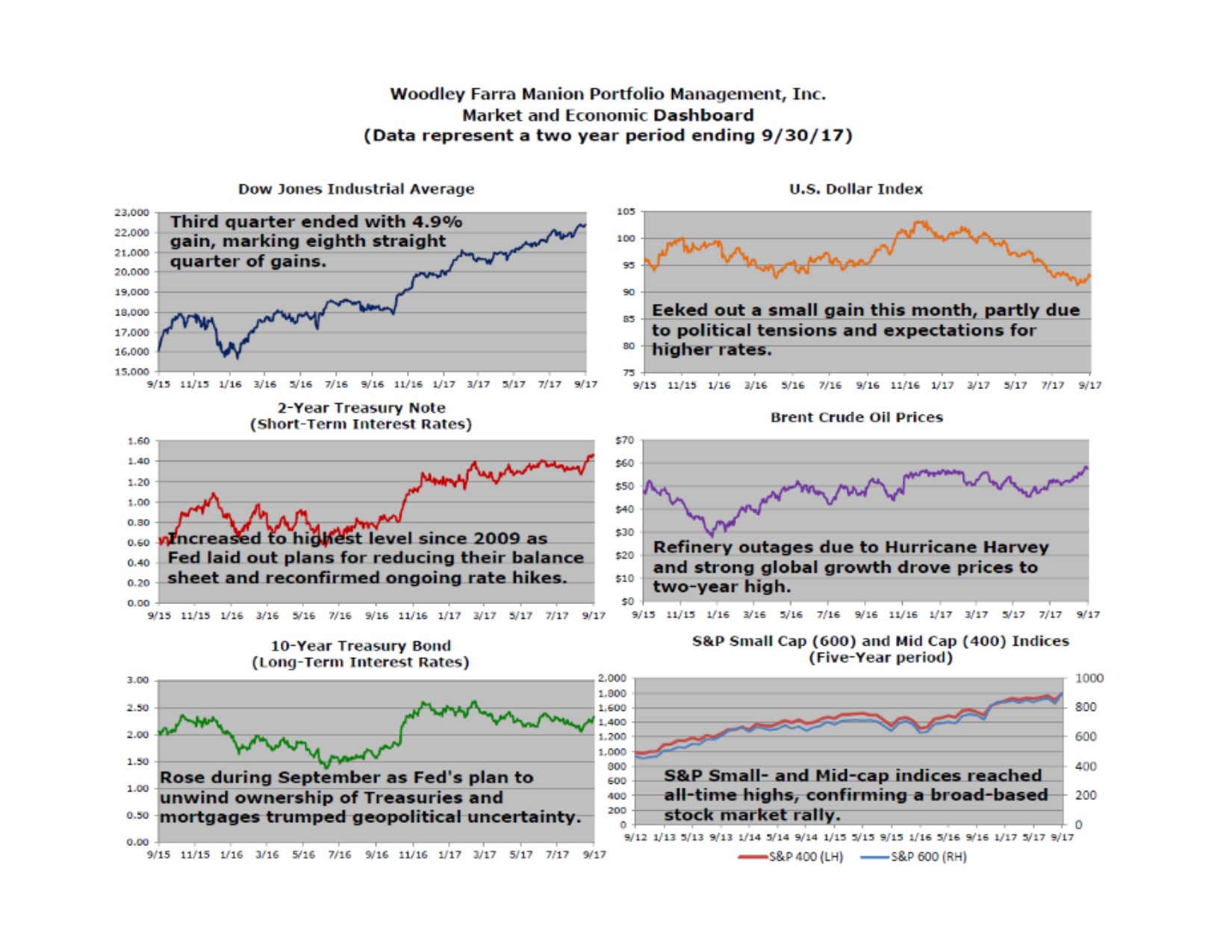
The daily drumbeat of warnings that a bear market or crash is imminent, and one calamity or another awaits investors, reminds us to heed Samuel Clemens’s advice about herd mentality: “Whenever you find yourself on the side of the majority, it is time to pause and reflect.”
Investor sentiment (also known as attitude or opinion) has been a traditional yardstick to measure bullish or bearish feelings at the present moment. Excessive bullishness has often coincided with market tops and the opposite is true of excessive bearishness at market bottoms. So attitudes are usually exactly wrong at market inflection points. Investor sentiment towards the present bull market is no exception.
We track sentiment each week through the American Association of Individual Investors weekly poll. Our analysis determines if these individual investors are excessively bullish or bearish about the direction of stock prices in the next six months. We found during the two prior bull runs (1995-2000 and 2003-2007) investors were excessively bullish 70% more than average, while during the current bull market (2009 and counting) the same level of excessive bullishness is only 40%. Given the other two bull markets ended with two of the four worst bear markets in modern history (both declined more than 50%), it’s no surprise this bull market has been met with greater fear than normal.
Investor concerns about today’s market advance coming to an impending end may be premature. Bull markets do not die of old age. They are usually brought to an end by the Federal Reserve raising interest rates to a level that slows economic growth and makes investing in risk-free Treasuries more appealing. The Federal Funds rate is currently 1.25% and may go to 1.50% in December, after which the Fed may pause the rate hike cycle. In comparison, the 10-year Treasury yield is around 2.3% and the dividend yield for the S&P 500 is about 2.4%, so stocks continue to provide better income potential.
In the meantime, the S&P 500’s component stocks earnings have grown 18.7% for the four quarters ending June 30 and are projected to increase 19.6% for all of 2017. This level of performance has supported the strength of the market in 2017. Early 2018 earnings growth predictions are estimated to be 13.9%, which if true could help maintain current market trends.
One final bit of advice from legendary investor Peter Lynch: “Far more money has been lost by investors preparing for corrections, or trying to anticipate a correction, than has been lost in the corrections themselves.” Thank you for your trust and confidence in our firm!
